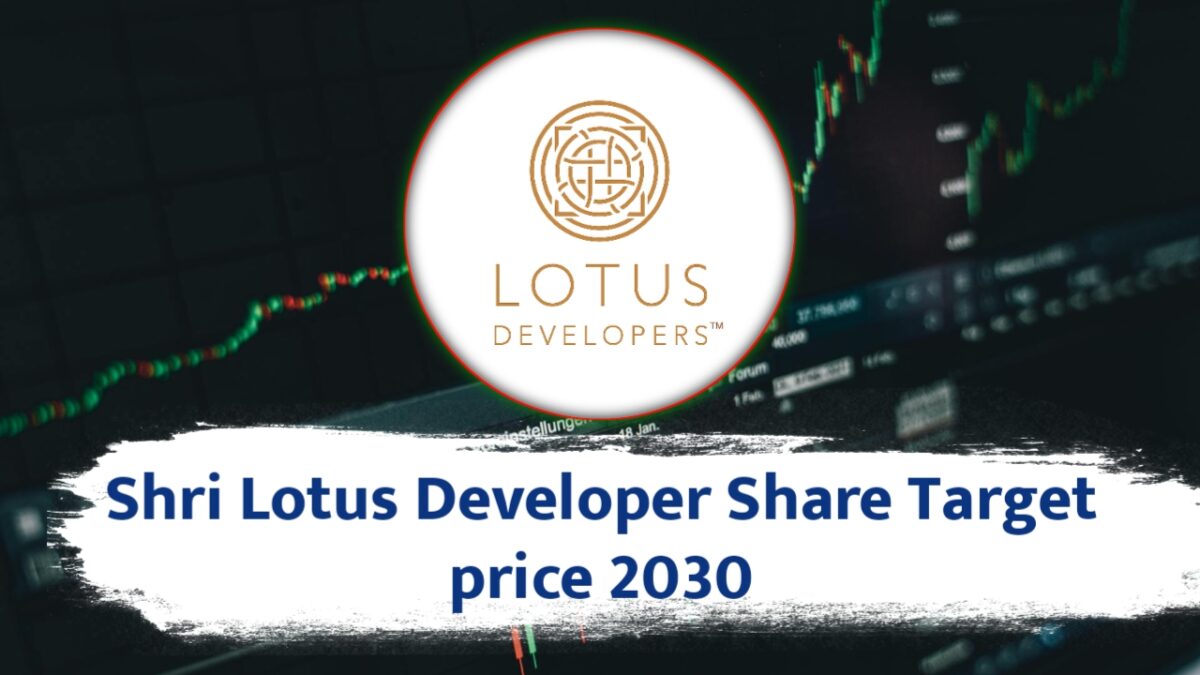Curious about GPT OSS? Learn what GPT OSS is, how it differs from proprietary models, and why open-source AI like Mistral, Meta’s LLaMA, and more are changing the game.
🧠 What is GPT OSS?
GPT OSS stands for “Generative Pre-trained Transformer – Open Source Software.” It refers to large language models (LLMs) built on the GPT architecture that are made publicly available as open source. Unlike proprietary models like OpenAI’s GPT-4 or Google’s Gemini, GPT OSS models are free to use, modify, and distribute, often under licenses like Apache 2.0 or MIT.
These open-source GPT models allow developers, researchers, and even startups to harness powerful AI without being locked into a paid platform.
🌍 Why GPT OSS Is Gaining Popularity
In the last year, we’ve seen a surge in interest around open-source LLMs. Here’s why:
- 🔓 Freedom & Control: You can host models on your own servers, tune them for your use-case, and avoid vendor lock-in.
- 💸 Lower Cost: No API fees like with OpenAI or Anthropic.
- 📊 Transparency: You can inspect how the model works internally — great for research.
- 🚀 Community-Driven Innovation: Thousands of devs collaborate to improve models rapidly.
🚀 Popular GPT OSS Models in 2025
Some standout open-source models that fall under the GPT OSS umbrella:
| Model | Developer | Key Feature |
|---|---|---|
| Mistral | Mistral AI | Small but highly efficient LLMs |
| LLaMA 3 | Meta AI | Available up to 70B parameters |
| Gemma | Google DeepMind | Lightweight, fast open-source model |
| Mixtral | Mistral AI | Mixture-of-Experts model for fast + powerful inference |
| Phi-3 | Microsoft | Tiny models for mobile/edge deployment |
| Command R | Cohere | RAG-focused open-source model |
These models are part of the open-source revolution in generative AI — fast, flexible, and community-supported.
🛠️ How GPT OSS Models Are Used
Open-source GPT models can be used in:
- 🤖 Chatbots
- 📄 Summarization Tools
- 🧾 Code Generation
- 🔍 Search & RAG (Retrieval-Augmented Generation)
- 📝 Document Analysis
- 🎨 Creative Writing or AI Art Generation
For example, Mistral 7B can run locally on a high-end PC and generate high-quality responses comparable to GPT-3.5.
⚖️ GPT OSS vs Closed Source GPT
| Feature | GPT OSS | Closed GPT (like GPT-4) |
|---|---|---|
| Access | Free and open | Paid API |
| Customization | Full control | Limited (via APIs) |
| Performance | Rapidly catching up | Still leading at ultra-high scale |
| Security | Host it yourself | Data may go to cloud |
| Transparency | Full | Black box |
While GPT-4 or Claude 3 Opus are still more capable at some tasks, GPT OSS is closing the gap fast, and for many use cases, they’re more than good enough.
📦 Where to Try or Download GPT OSS Models
You can try or download these models from platforms like:
- Hugging Face –
- Ollama – for running locally with ease
- LM Studio – a GUI for local inference
- Docker Images / GitHub Repos – provided by developers like Mistral, Meta, etc.
Some are optimized for CPU-only machines, while others need a GPU. Many support quantization to run on 8GB RAM or less.
🧭 Is GPT OSS the Future of AI?
Yes, and here’s why:
- Governments (like India, EU) want open, transparent AI.
- Businesses want low-cost, private AI models.
- Developers love the freedom and flexibility.
In fact, OpenAI CEO Sam Altman himself once said, “Open source will win in the long run.”
FAQs
❓What does GPT OSS stand for?
GPT OSS stands for Generative Pre-trained Transformer – Open Source Software.
❓Is GPT OSS free to use?
Yes! Most models are free to download, run, and modify under open licenses like Apache 2.0 or MIT.
❓Can GPT OSS replace GPT-4?
For some use cases, yes. Models like Mixtral or LLaMA 3-70B come very close to GPT-4’s performance.
❓Which GPT OSS model is best for beginners?
Mistral 7B and Gemma 2B are great entry points — easy to run and well-documented.
⚠️ Disclaimer
The information provided here is for educational purposes only. Always check the official model repositories and licensing terms before deploying in production.





